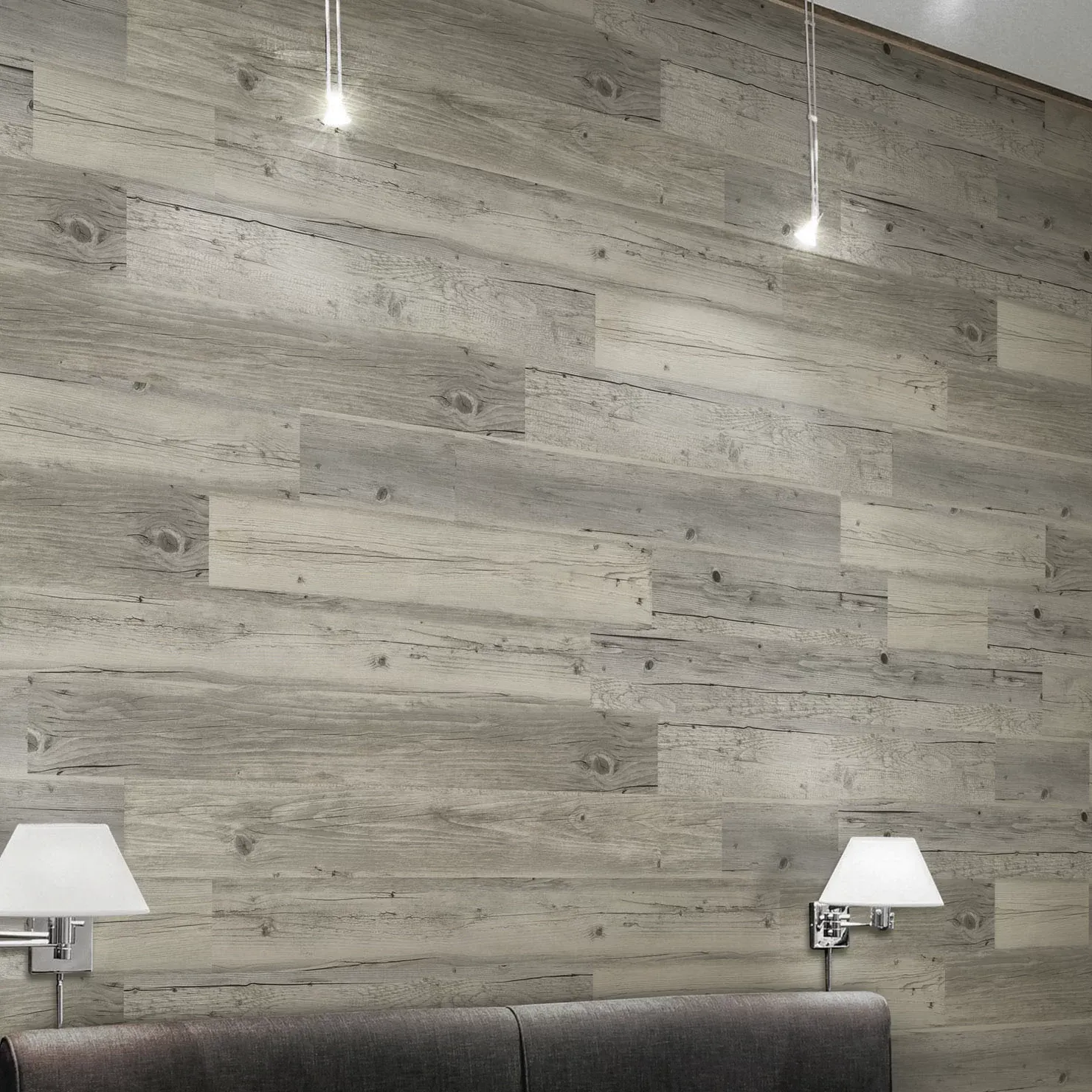Exploring the Benefits and Aesthetics of Homogeneous Flooring for Modern Interiors
The Concept of Homogeneous Floors A Comprehensive Overview
Homogeneous flooring is an increasingly popular choice in both residential and commercial spaces, praised for its aesthetic appeal and practical advantages. Defined as a flooring type made from a single material that maintains a uniform appearance throughout its thickness, homogeneous floors offer a seamless solution for a variety of environments, including schools, hospitals, retail spaces, and more.
One of the primary benefits of homogeneous flooring is its durability. Because it is created from a single layer—whether that be vinyl, rubber, or another resilient material—it is designed to withstand heavy foot traffic and resist wear and tear. This characteristic makes it particularly suitable for high-traffic areas, such as malls and airports, where floors endure constant usage. Unlike multi-layered flooring options, homogeneous floors are less prone to delamination, ensuring that they maintain their structural integrity over time.
In addition to durability, homogeneous flooring is also celebrated for its easy maintenance
. The seamless nature of these floors means there are no grout lines or seams where dirt and grime can accumulate, making cleaning straightforward and efficient. Most homogeneous floors only require regular sweeping and occasional mopping with a mild detergent to keep them looking pristine. This low-maintenance aspect is particularly appealing to business owners and facility managers, who seek to minimize upkeep costs while ensuring a clean and presentable environment.homogeneous floor

Aesthetically, homogeneous flooring offers a wide array of design options. Available in an impressive range of colors, patterns, and textures, these floors can be tailored to fit any design scheme, whether contemporary or traditional. Advanced manufacturing techniques now allow for the creation of visually striking designs, enabling specifiers to choose tones and textures that create the desired ambiance. This level of customization goes beyond mere color, with options that mimic natural materials like wood or stone, providing the beauty of these surfaces without the associated maintenance challenges.
Another vital aspect of homogeneous flooring is its contribution to environmental sustainability. Many manufacturers are now producing eco-friendly options made from recycled materials and free of harmful chemicals. For instance, some vinyl homogeneous floors are designed to be phthalate-free and VOC (volatile organic compounds) compliant, making them safer for indoor air quality. As organizations increasingly prioritize sustainability in their operations, the demand for these types of flooring options is on the rise.
Moreover, homogeneous floors are also highly versatile in terms of acoustics and slip resistance. Many products come with built-in sound-absorbing properties that help to reduce noise levels, creating a more pleasant atmosphere in busy areas. Similarly, advancements in surface textures provide enhanced slip resistance, which is crucial for safety in environments where spills or wet conditions may occur.
In summary, homogeneous flooring combines durability, low maintenance, aesthetic versatility, and sustainability into one cohesive solution. Its seamless design is particularly advantageous for high-traffic areas, while its easy cleaning process appeals to both commercial and residential users. With an eye towards safety and environmental responsibility, homogeneous floors are evolving to meet modern demands. As more individuals and organizations recognize the benefits of homogeneous flooring, it is poised to remain a favored option within the realm of interior design and architecture. Whether you're renovating a home or designing a commercial space, considering homogeneous flooring might just be the ideal choice to meet both functionality and aesthetic appeal.
-
Waterproof Advantages of SPC Flooring Vinyl in KitchensAug.06,2025
-
SPC Hybrid Waterproof Flooring Thickness GuideAug.06,2025
-
Leveling Subfloor Before My Floor SPC InstallAug.06,2025
-
How Mesh Deck Skirting Improves Outdoor Pest ControlAug.06,2025
-
Choosing the Right Commercial Flooring for Your Business NeedsAug.06,2025
-
Choosing the Best Residential Flooring: A Comprehensive Guide to Style, Durability, and ComfortAug.06,2025




